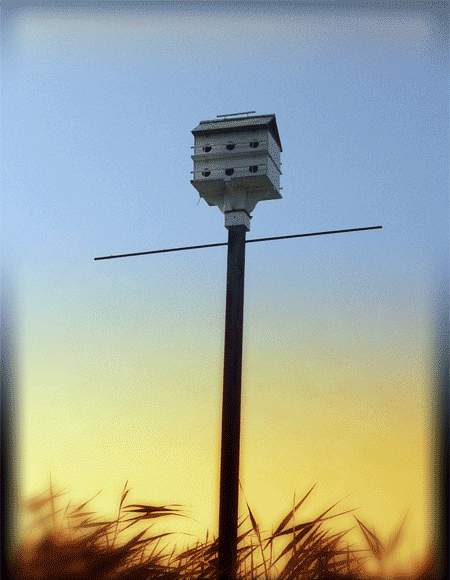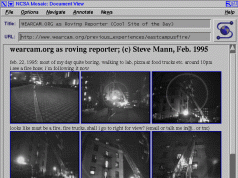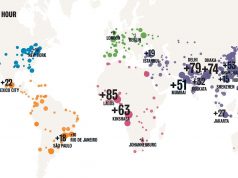Jürgen Hase of Deutsche Telekom offers this essay on why M2M technology for cities represents the 3rd industrial revolution. Is he right? Here is a summary of his key points:
- More than 100 million vending machines, vehicles, containers and other devices are already connected with each other by a mobile wireless link, and their number is set to rise to around 360 million by 2016, according to the market analysts at Berg Insight of Sweden.
The market researchers at ABI Research go even further: they forecast 453 million connections in 2017. And according to a recent Machina Research survey, the number is set to increase to 12.5 billion by 2020, with global sales generated by M2M totaling EUR 743 billion. These analysts’ figures may vary widely, but even the most conservative estimate leaves no doubt that an M2M boom lies ahead. - M2M is not only worthwhile financially. M2M applications can also help to boost energy efficiency. So-called smart metering measures not only the consumer’s electricity consumption. Smart meters also perform control functions in the home.
They can switch the washing machine on when electricity is available at low cost, for example, while a refrigerator could switch off for a while when electricity is expensive. Smart meters also relay consumption data automatically to the power utility. The bill can then show when electricity consumption was high in the home or at the company and which devices are electricity guzzlers. - These . . . scenarios demonstrate that M2M solutions can be used in a wide range of ways and in nearly every industry. They simplify workflows, improve processes, reduce costs, and make new business models possible. Cross-sectional technology will help the development of the Internet of Things – the networking and simultaneous communication between objects over the Internet, to make a breakthrough. The Internet of Things is intended to enable goods to find their way to their destination by themselves – just like data flows do in the existing Internet.







